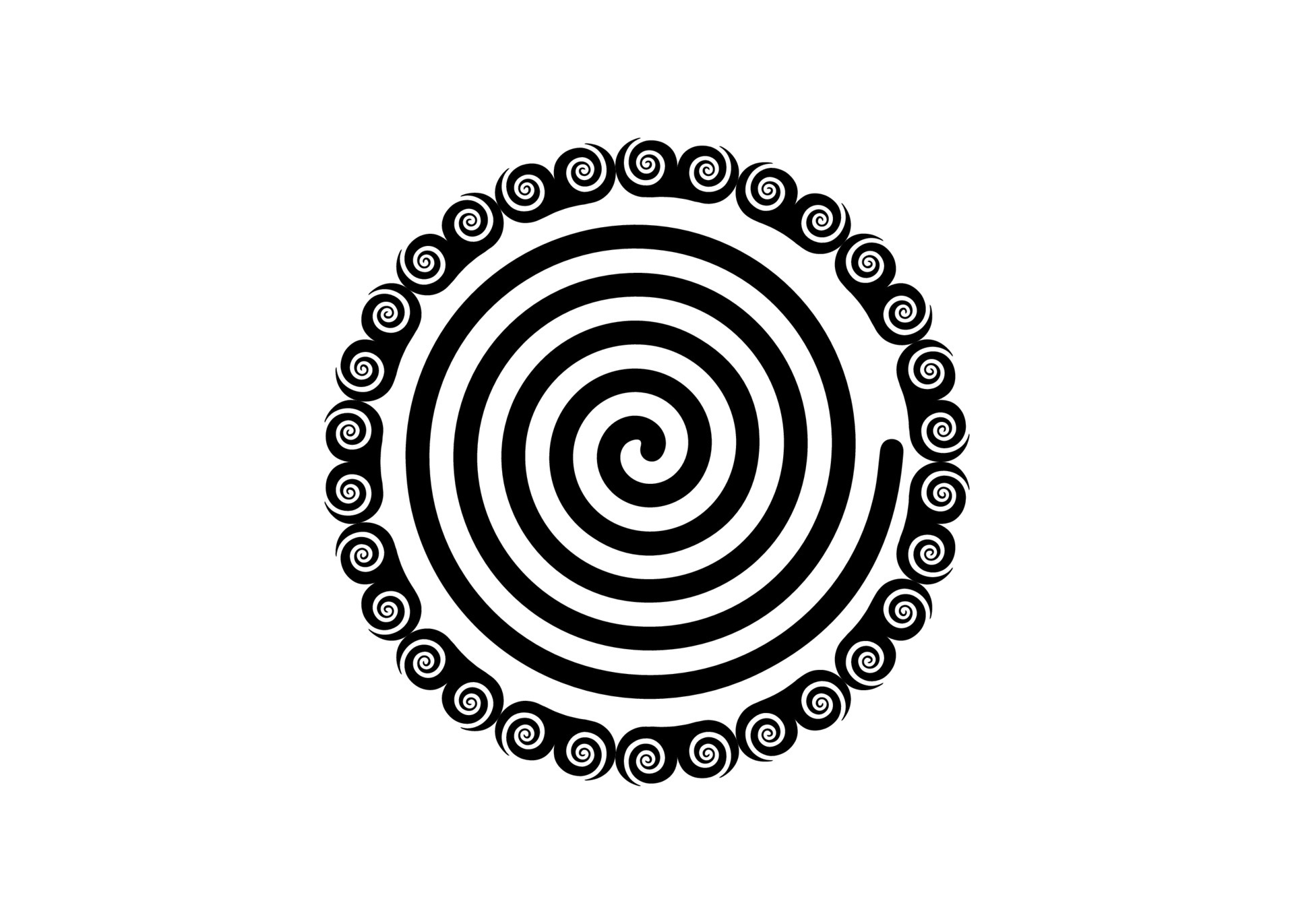

This reminds us that everything in this universe is molded from a single life blueprint.

It shows how humans are nothing but complements to other life forms, and vice versa.

Moreover, it depicts the interconnectedness of all life forms. This symbol contains all necessary information about every living thing in this world.

13 Sacred Geometry Symbols #1 The Flower Of Lifeįirst on our list of sacred geometry symbols is the Flower of Life. These symbols are regarded as the most perfect/divine shapes because they are regarded as the blueprints of many life forms in the universe.Īlso dubbed as the language of the gods, these sacred symbols are also a depiction of everything that is mystical and abstract in this world. In the Baha’i writings, you can discover the meaning, beauty and profundity of this remarkable Baha’i scripture-“I am the Maid of Heaven begotten by the Spirit of Bahá, abiding within the Mansion hewn out of a mass of ruby, tender and vibrant”-and begin to understand God as equally feminine.Sacred geometry symbols are known as ancient shapes and patterns that are believed to represent all living things. In both expressions, and in their corresponding, gendered metaphors, masculine and feminine principles complement one another, in perfect balance.įor centuries, people have referred to God as a masculine force. “She is God” could well refer to Baha’u’llah’s spiritual reality, metaphorically personified as the Maid of Heaven. So, “He is God” primarily refers to Baha’u’llah. Therefore Baha’u’llah used that same word, but undermined the patriarchal meaning. Yet since the Baha’i Faith came within the Islamic world, and since the Qur’an always refers to God as “He,” changing that to “She” would have been perceived by Muslims as a direct attack on God and Islam. The Qur’an uses “He,” and thus it would be considered as against Islam to use “She.” But Baha’u’llah used the form in order to transform the meaning. Now back to the common invocation in Baha’i scriptures and prayers, “He is God!” Doesn’t that indicate a masculine vision of the Creator? Professor Saiedi comments: Therefore, “He” or “She” or even “It” make no difference. Relating to the issue of “He” and “She,” in Baha’i theology, God is beyond any gender. We can understand this symbol of the Maid of Heaven as a traditionally feminine or maternal metaphor which personifies Baha’u’llah’s truth and spiritual reality.īaha’is believe, you’ll remember, that God transcends gender, as Professor Saiedi further notes: In other words, Baha’u’llah metaphorically gives birth to the Maid of Heaven, infusing the Baha’i teachings-which emphasize the equality of women and men-with an interwoven fabric of masculine and feminine elements. The literal translation is that “Bahá” is the female who gave birth to the Maid of Heaven. So there is no doubt that, in this statement, “Bahá” is defined as the mother. “Walad” means: “He begot.” “Waladat” means: “She begot.” The Arabic verb referring to “the Maid of Heaven begotten by the Spirit of Bahá” is waladatnī, namely, “She gave birth.” In Arabic, verbs are different for female and male. Nader Saiedi (Taslimi Professor of Baha’i Studies, UCLA) explains this profound, mysterious passage: But this mystical, divine feminine voice also foreshadows the coming of Baha’u’llah, whose imminent advent the Bab’s mission foretold.ĭr. Here, the Maid of Heaven announces to the people of the world the advent of the Bab. Verily there is none other God but your Lord, the All-Merciful.” “O People of the earth! By the righteousness of the One true God, I am the Maid of Heaven begotten by the Spirit of Bahá, abiding within the Mansion hewn out of a mass of ruby, tender and vibrant and in this mighty Paradise naught have I ever witnessed save that which proclaimeth the Remembrance of God by extolling the virtues of this Arabian Youth. In the previous article, I quoted this beautiful, poetic passage from the Baha’i writings, in which the symbolic “Maid of Heaven” exclaims:


 0 kommentar(er)
0 kommentar(er)
